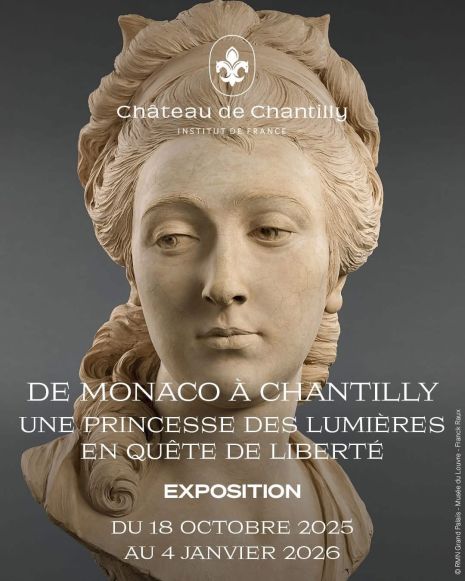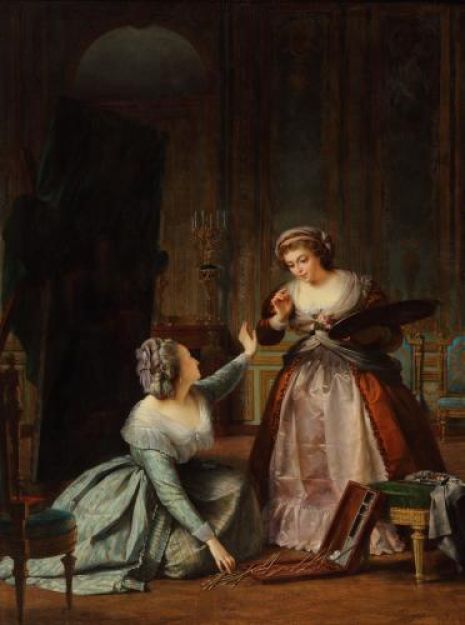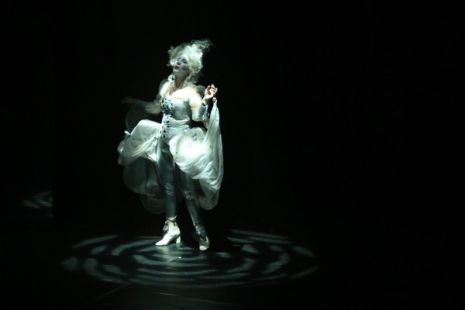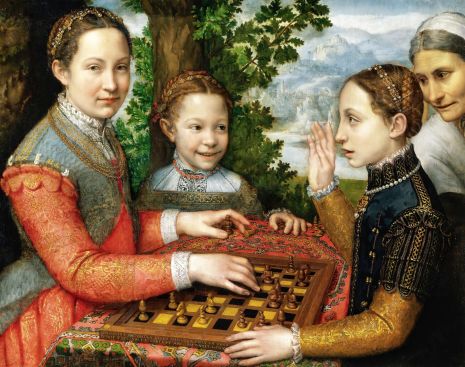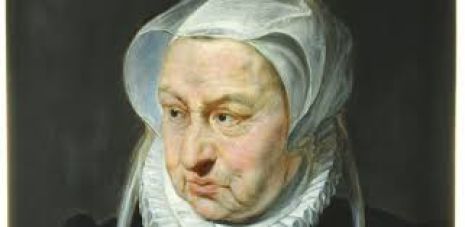
Plus est en vous. Images de la femme au Moyen Age (XIII-XVe siècle).
10 avril 2011
Hay más en ti. Imágenes de la mujer en la Edad Media (siglos XIII-XV).
Plus est en vous. Images de la femme au Moyen Age (XIII-XVe siècle). …. et des femmes musiciennes.
Producida por el Museo de Bellas Artes de Bilbao, la exposición se plantea como una contribución decisiva a los estudios medievales sobre la mujer. Con este objetivo ofrecerá un amplio y variado repertorio de objetos art’sticos que incluye entre los temas que en ellos se representan imágenes o escenas femeninas. De este modo, se analizarán las aportaciones del arte de los siglos XIII a XV a la iconograf?a sobre la mujer para, a partir del hecho art’stico, valorar su función en la sociedad medieval y su evolución a lo largo de ese periodo. Para ello Corinne Charles, comisaria de arte independiente y responsable cient’fica del proyecto, ha investigado durante más de cuatro a« os hasta lograr reunir un sorprendente conjunto de obras que comprende valiosas pinturas, esculturas, textiles, orfebrer »a, manuscritos, mobiliario y otras piezas de artes aplicadas procedentes de destacados museos europeos. El Museo Thyssen-Bornemisza de Madrid, el Museu Nacional d’Art de Catalunya, el Musée du Louvre, la Biblioteca Nacional de Francia y el Museo de las Artes Decorativas de Par?s, el Musée National du Moyen-Âge de Cluny, la National Gallery de Londres, el National Museum of Denmark en Copenhague, la Accademia Carrara de Bérgamo o el Historisches Museum de Basilea, entre otros, han colaborado a la exposición con sus prestamos.
A partir de los modelos femeninos profundamente idealizados del primer gótico, con la Virgen Mar?a como emblema, el medio centenar de piezas reunidas irá desgranando la variedad de papeles de la mujer y su trasformación a lo largo de la Edad Media. Precisamente, el t’tulo de la exposición Hay más en ti, que recoge la divisa de Louis de Bruges, célebre y culto coleccionista flamenco de manuscritos del siglo XV, quiere reflejar esa multiplicidad de papeles e imágenes: la iconograf« a mariana del gótico tard’o; las escenas galantes de la literatura cortesana; la literatura sat’rica, que insiste en la naturaleza pecaminosa de la mujer; las hero?nas; las mujeres de letras; las mujeres de placer »
Para la exposición se ha convocado también a otros relevantes especialistas para que, con sus contribuciones al catálogo, tracen un completo panorama sobre el tema, analizando cuestiones relevantes como la mujer y el poder, los modelos de educación, salud y belleza femeninas, el estatus jur?dico o el papel económico y pol’tico de la mujer.
Catálogo de publicaciones:
Daniel Tamayo. Fabulario
Articles de Corinne Charles, Jean Wirth, Danièle Alexandre-Bidon, Frédéric Billiet, Jacqueline Cerquigliny-Toulet…
Produced by the Bilbao Fine Arts Museum, the exhibition is seen as a decisive contribution to mediaeval studies of women. With this in mind, it will be offering a broad and varied repertoire of objets d’art showing images or scenes featuring women. The idea is, then, to examine the contributions made by art from the 13th to the 15th centuries to iconography of the female and, on the basis of the art produced, assess its function in mediaeval society and how it evolved over the period in question. Independent art curator Corinne Charles, who is leading the scientific side of the project, has spent more than four years doing the research required to gather together a surprising set of valuable paintings, sculptures, textiles, silversmith and goldsmith work, manuscripts, furniture and other examples of the applied arts from leading European museums. The Thyssen-Bornemisza Museum in Madrid, the National Art Museum of Catalonia, the Louvre, the Bibliothèque nationale and the Musée des Arts décoratifs, both in Paris, the Musée National du Moyen-Âge at Cluny, the National Gallery, London, the National Museum of Denmark in Copenhaguen, the Accademia Carrara in Bérgamo, Italy, and the Historisches Museum in Basel, among others, have all loaned works for the exhibition.Beginning with the strongly idealized feminine models from the early Gothic period, with the Virgin Mary as the signature icon, fifty or so works will explore the variety of roles women played and how such roles were transformed during the Middle Ages. The exhibition title, There is more in you, which echoes the motto of the highly respected and learned Flemish collector of manuscripts from the 15th century Louis de Bruges, underscores this multiplicity of roles and images that runs the gamut from Marian iconography of the late Gothic period, the gallant scenes of courtly literature, satire, which insisted on woman’s natural inclination to sin, heroines and women of letters, on through to the ladies of leisure and pleasure.
Several other leading specialists have been asked to work on the exhibition, and their contributions to the catalogue trace a complete overview of the theme, exploring major issues such as women and power, educational models, female health and beauty and the legal status and economic and political roles of women.
Dans la même catégorie



